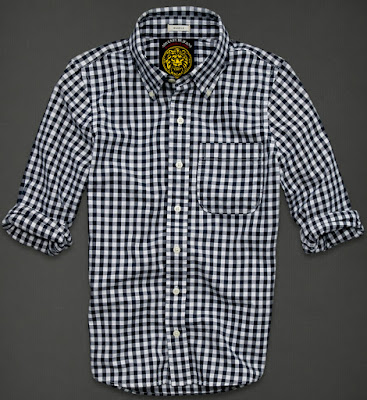When it comes to fashion, men have very limited
choices. When it is to do with formal clothing, the limit is even narrower. Different
offices have different rules for the dress code regarding men. Lots of jobs
have written guidelines for employee attire with varying degrees of strictness.
Formal shirts for men changes with the time of day.
During the day, it is ashirt with a tailcoat and vest while at night it is a white
tie. What women think about men and their looks is not a concern. Men have
become fashion conscious. They believe that the right kind of shirts for men and
the accessories chosen can make them look good and feel good too.
It is natural for men to feel better about
themselves when they wear good clothes. This doesn't mean wearing the latest
brands, but wearing shirts for men that fit well. Looking good makes the real
difference in life. Wearing the right formal shirts for men can boost
professional life and enhance a man’s impression on the personal and social
front.
Fashion style is eternal. When a man wears a dress
shirt he stands out from the crowd. Dress shirts are usually designed in
traditional colours and styles. They never go out of fashion. Shirts for men
can be worn in many formal ways. The collar style, neck pattern, colour, fabric
can be selected along with an easily customize fitting. Sharp fitted shirts for
men always draws the attention of the crowd.
Shirts for men should taper from the chest to the
waist. A proper fitting shirt must always lightly hug the hips. When wearing a
shirt, the final button should close without pressuring the hip. At the same
time, it should not balloon like huge t shirts for men. It means that the shirt
is too big.
A shirt’s stitching should be long enough to
comfortably wear the shirt tucked in or out. When the shirt is untucked and
buttoned, the tail should fall past the back pockets of the pants. Generally,
shirts for men are meant to be tucked in so they have to be a little long in
length.
Formal shirts for men have a variety of options like
jackets, suits, coats, waistcoats and blazers. If selecting a jacket, make sure
it hugs the shoulders and is slim. Avoid black as it is not suitable for
business. When selecting colours in shirts for men, choose those that are
complementary and easy to pair. One can always customize shirts for men
according to preference.








